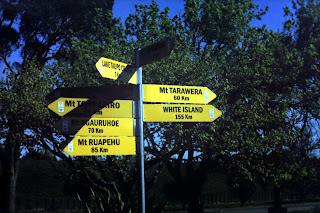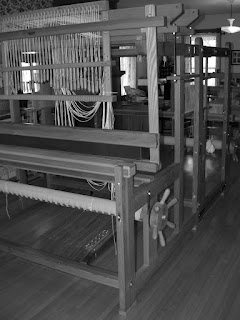Impossible Place




 Are you kidding me?? New Zealanders live on top of active volcanoes. The town you see above is Taupo on the North Island and not only are there two active volcanoes just yonder beyond the baseball diamond, but the entire lake is a caldera lake. everything you see and well beyond is yet another huge volcano. Taupo volcano has erupted with the most violent eruption in the last five thousand years on Earth. So yeah. A little travel bag in the trunk of the car at all times, I'd say.
Are you kidding me?? New Zealanders live on top of active volcanoes. The town you see above is Taupo on the North Island and not only are there two active volcanoes just yonder beyond the baseball diamond, but the entire lake is a caldera lake. everything you see and well beyond is yet another huge volcano. Taupo volcano has erupted with the most violent eruption in the last five thousand years on Earth. So yeah. A little travel bag in the trunk of the car at all times, I'd say. From the signposts you can see a sampling of just a few of the many many volcanoes that occupy the central part of the North Island. Some are dormant, others active.
The dark crater view with the steep sides is from the highlight of my trip, a hike into the caldera of Mt. Tarawera. When this one erupted in 1886 over a hundred people died in what was the most tragic eruption in New Zealand's human history. The blast was so tremendous that a rift structure was created at the top of the volcano, instead of the usualy roundish caldera.
The yummy coloured hot springs derive their colour from nasty elements such as mercury, arsenic, bismuth, antimony, etc. I believe I saw waters of every single colour you can imagine, including jet black. Now that's eerie. The best part of the hydrothermal wonders are the mud pits. Stinky and primal and noisy and the earth being gassy and bubbly.
.jpg)


Comments
Post a Comment